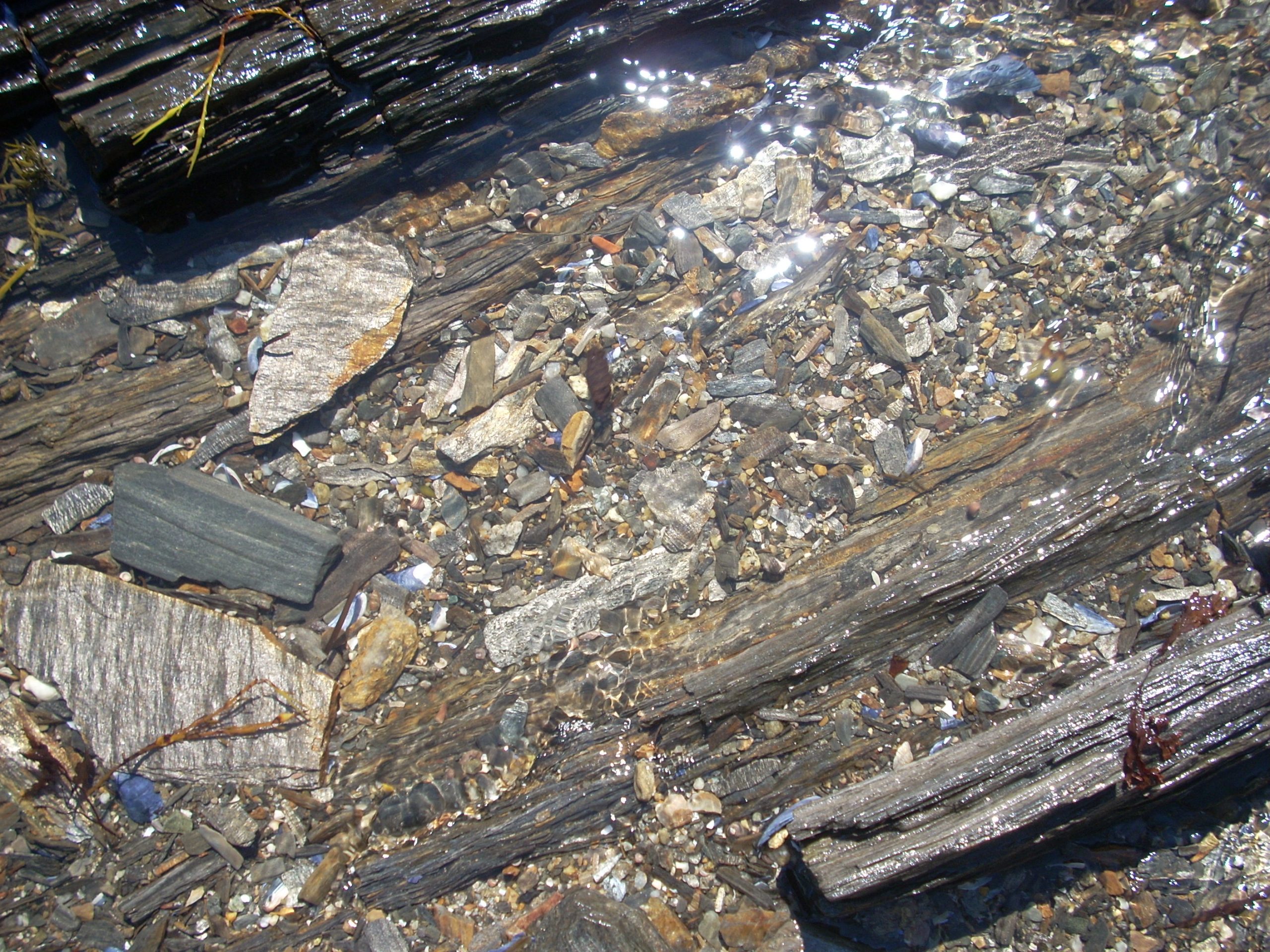
Rather than learning from the past, we replicate it and pretend that nothing has changed or that everything has changed—leading us desperately to cling onto whatever we can find from our past. The object relations theorist in the domain of psychoanalysis speak of the need for a transitional object as children move on in their development. They cling on to a teddy bear or a fragment from their own blanket. To what extent, as adults living in a postmodern world that demands transition and change, do we cling to our own teddy bear or blanket.
Hope and the Future-Less Future
Perhaps, there is no hope for the future— especially given the existential threat of perennial pandemic viruses and a crumbling interaction alliance of nations. If this is the case, then a regressive, sedating appeal to the past may seem appropriate. Fifty thousand men and women gather each August in Pebble Beach, California to show off, admire, race, buy, sell and talk about old cars. So-called life-style enclaves (Bellah, et al. 1985) exist in abundance—with new “neighborhoods” of shared interest being formed in-person or via the Internet for the sharing of such diverse interests as the loving of Chopin and adoration of clam chowder.
While malls lose business, consumers flock to informal markets from the past which feature everything from potatoes to fur coats. According to Jameson, the 1960s began the explosion of our American belief in progress, in the linear order of things, and in moral clarity. The polarization and manufactured truths of our American society 60 years later contributes even more to this lost sense of American progress. We looked in the 1960s for truth in our search for the “real” past—and still are looking for this truth. Yet, we find, that the past revealed in distorted and confusing manner through the postmodern mixture of premodern, modern and postmodern cultures. Patched up monuments don’t do the trick, nor do fireworks, parades or secularized religious holidays.
We find these same themes echoed in all sectors of American society. Huyssen (1987, p. 196) noted, specifically with regard to the arts, that:
. . . all modernist and avantgarde techniques, forms and images are now stored for instant recall in the computerized memory banks of our culture. But the same memory also stores all of pre-modernist art as well as the genres, codes and image worlds of popular cultures and modern mass culture.







